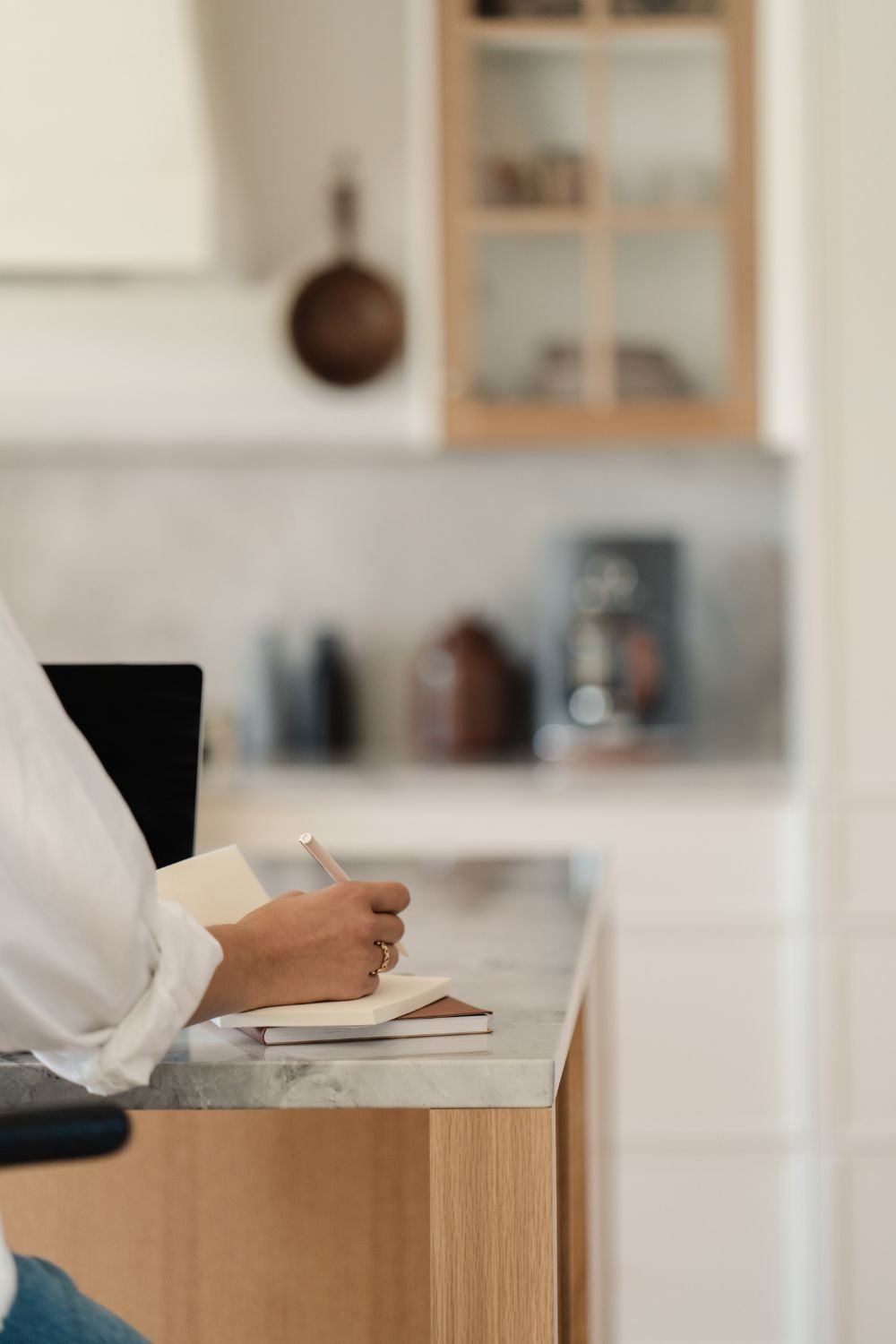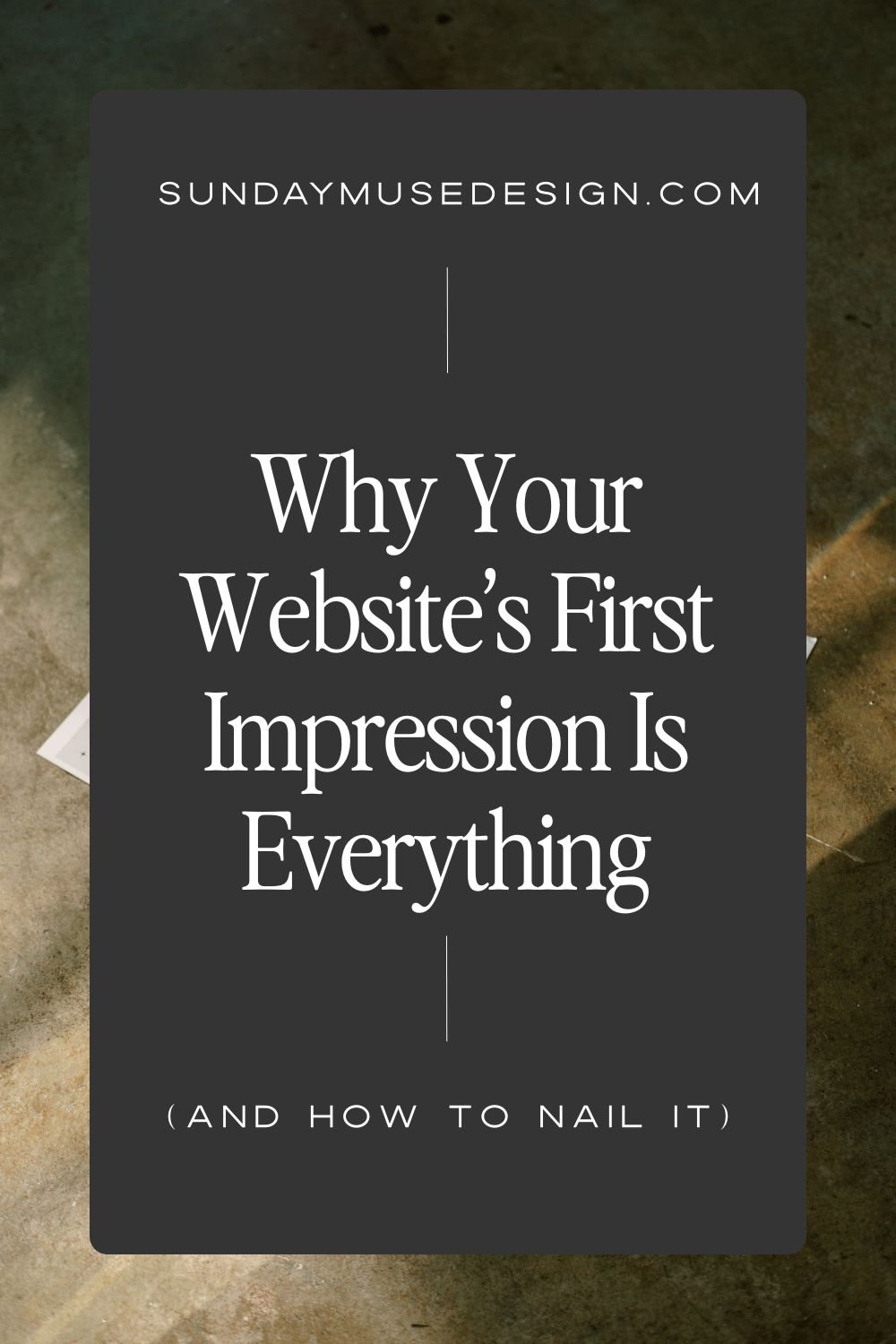
Why Your Website’s First Impression Is Everything (and how to nail it)
Imagine you’re walking into a swanky coffee shop you’ve never been to before. The moment you step inside, you’re hit with the smell of freshly ground beans, the sight of warm lighting and cozy corners, and the sound of a soft indie playlist floating through the air. Everything about this place whispers, “You belong here.”
Now imagine the opposite. You walk into a different coffee shop, and the first thing you notice is the harsh fluorescent lighting, walls painted a jarring neon green, and tables that look like they were salvaged from a middle school cafeteria. Before you’ve even taken a step towards the counter, you’re already thinking about turning around and heading somewhere—anywhere—else. The decision was made in a matter of seconds, and that’s all it took.
Your website? It’s like that coffee shop. The moment someone lands on your homepage, they’re making decisions. And just like our fictional coffee shop scenario, these decisions happen fast—like, blink-and-you’ll-miss-it fast. Studies show that users form an opinion about your website in as little as 50 milliseconds. That’s quicker than it takes to read the first sentence of this paragraph! And once that impression is formed, it’s hard to change.
So, how do you make sure your website gives off the right vibes?
Let’s dig into the science of first impressions, the design elements that make all the difference, and some real-world examples to get those creative juices flowing.
The Science of First Impressions: It’s All in the Blink
When we meet someone new, our brains go into overdrive, making snap judgments based on visual and environmental cues. The same thing happens when someone visits your website for the first time. This isn’t just about whether they like what they see; it’s about trust, credibility, and whether or not they want to stick around and learn more.
Think of your website as a digital storefront. The moment someone lands on your site, they’re subconsciously asking themselves:
-
Does this feel like a place where I want to spend time?
-
Is this business trustworthy?
-
Will this brand meet my needs?
If the answer to any of these questions is “no,” your visitor is likely to bounce (pun intended).
But here’s the kicker: a study by the Stanford Web Credibility Project found that 75% of users admit to making judgments about a company’s credibility based on its website’s design. Not its content, not its products or services—but its design. Yikes.
The Power of Visual Appeal: Why Pretty Matters
Now, I’m not saying that a beautiful website is more important than the value you provide. But here’s the thing: people like pretty things. And today, “pretty” often translates to “credible” and “trustworthy.”
Remember when I said users form an opinion in 50 milliseconds? Most of that initial impression is visual. This isn’t about vanity; it’s about psychology. The brain processes visuals 60,000 times faster than text, which means your color scheme, layout, and imagery are doing a lot of the heavy lifting before your copy even gets a chance to shine. (<<<DON’T COME AT ME, BELOVED COPYWRITERS. COPY IS STILL IMPORTANT.)
Here’s how you can make sure your website’s design is working in your favor:
Design Elements That Make a Difference
-
Layout: The Backbone of Your Website
A good layout is like a well-organized room—it’s easy to navigate, everything is in its place, and you can find what you’re looking for without getting frustrated. A clean, uncluttered layout not only looks more professional, but it also makes it easier for visitors to focus on what really matters—your content.
Consider the “F-Pattern” or “Z-Pattern” layout, which follows the natural way people scan web pages. Keep your important elements (like your logo, navigation menu, and call-to-action buttons) along these lines to ensure they’re seen first.
-
Color Scheme: More Than Just a Pretty Face
Color isn’t just about aesthetics; it’s about emotion. Different colors evoke different feelings and responses, and when used correctly, they can significantly impact how your brand is perceived.
For example:
-
Blue is often associated with trust and professionalism, which is why it’s a popular choice for financial institutions and tech companies.
-
Red can evoke excitement or urgency, making it a good choice for calls-to-action (but use it sparingly to avoid overwhelming your visitors).
-
Green is linked to health, tranquility, and nature, which is why it’s often used by wellness and environmental brands.
When choosing a color scheme, think about the emotions you want to evoke in your visitors. Does your brand offer peace of mind? Opt for calming blues and greens. Want to inspire creativity and energy? Bright oranges and yellows could be your best friends.
-
-
Typography: Words Matter, But So Does How They Look
Typography is like the body language of your text. Even before your visitors read your content, the fonts you choose are sending messages about your brand.
Serif fonts (like Times New Roman) are often seen as traditional and trustworthy, making them a great choice for brands in industries like law or finance. Sans-serif fonts (like Arial) are modern and clean, perfect for tech startups or lifestyle brands.
But it’s not just about the typeface. Font size, spacing, and the number of fonts you use all contribute to the overall feel of your site. Keep it simple—stick to 2-3 fonts max, and make sure they’re easy to read on both desktop and mobile devices.
-
Imagery: A Picture Is Worth a Thousand Words
High-quality images can make or break your website. Whether you’re using photos, illustrations, or graphics, your imagery should be aligned with your brand’s message and appeal to your target audience.
Avoid generic stock photos whenever possible—they can make your website feel impersonal and out of touch. Instead, opt for custom images that showcase your product, service, or brand personality. If custom photography isn’t in the budget, consider using stock photos that have a more authentic and relatable feel.
Case Studies: Real-World Examples of First Impressions Done Right
Let’s take a look at some real-world examples of websites that nail the first impression game:
Apple:
Apple’s website is a masterclass in minimalism. The layout is clean, the color scheme is simple (mostly black, white, and gray with pops of color), and the imagery is high-quality and product-focused. From the moment you land on the homepage, you know exactly what Apple is about—sleek, innovative tech products.
Airbnb:
Airbnb’s website is inviting and user-friendly. The use of high-quality imagery, intuitive layout, and warm color palette instantly makes visitors feel at home—literally. The design elements work together to create a sense of community and trust, which is essential for a platform built on shared spaces.
Slack:
Slack’s website uses a bright, cheerful color scheme that reflects the brand’s friendly and approachable personality. The typography is modern and clean, and the layout is simple and easy to navigate. Slack’s website design reinforces the brand’s message of making work communication fun and effective.
Wrapping It Up: Your Website Is Your First (and sometimes only) Shot
Your website is often the first point of contact between your brand and potential clients. And just like a first date, you want to make a great impression—because you might not get a second chance.
So, whether you’re starting from scratch or looking to revamp your existing site, remember this: Your website isn’t just a place for people to learn about your business. It’s an opportunity to build trust, showcase your brand’s personality, and guide visitors toward becoming loyal clients. Make it count.
And hey, if you’re feeling overwhelmed or unsure about where to start, that’s okay. It’s a big job, but you don’t have to do it alone. Reach out, and let’s chat about how we can make your website the best first impression your business will ever make.
Here’s to nailing that first impression—every time.

